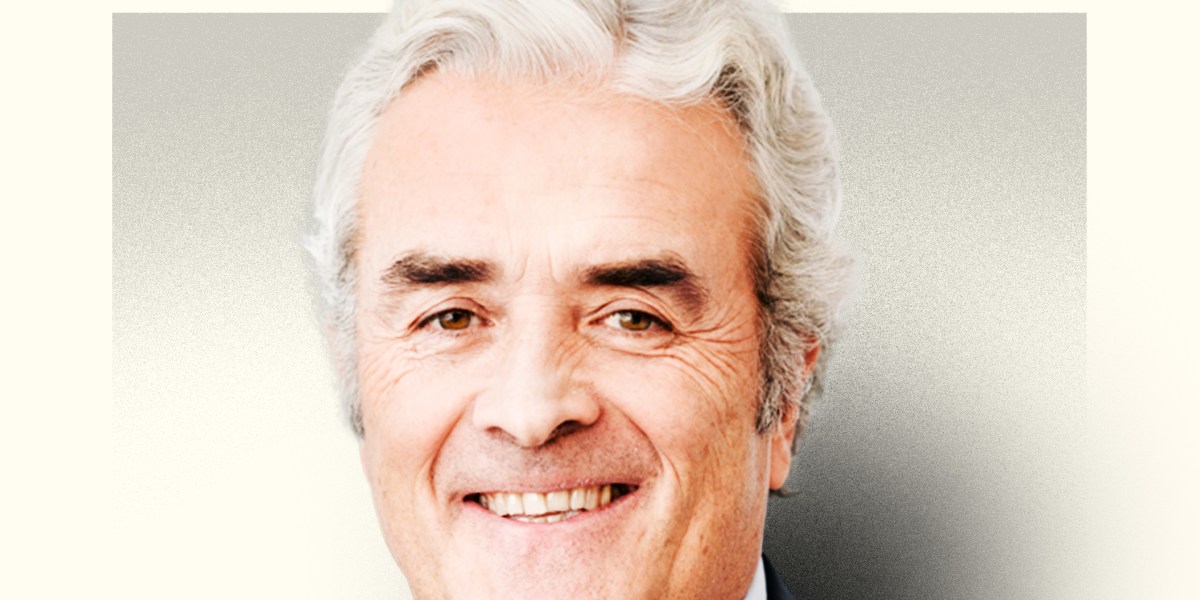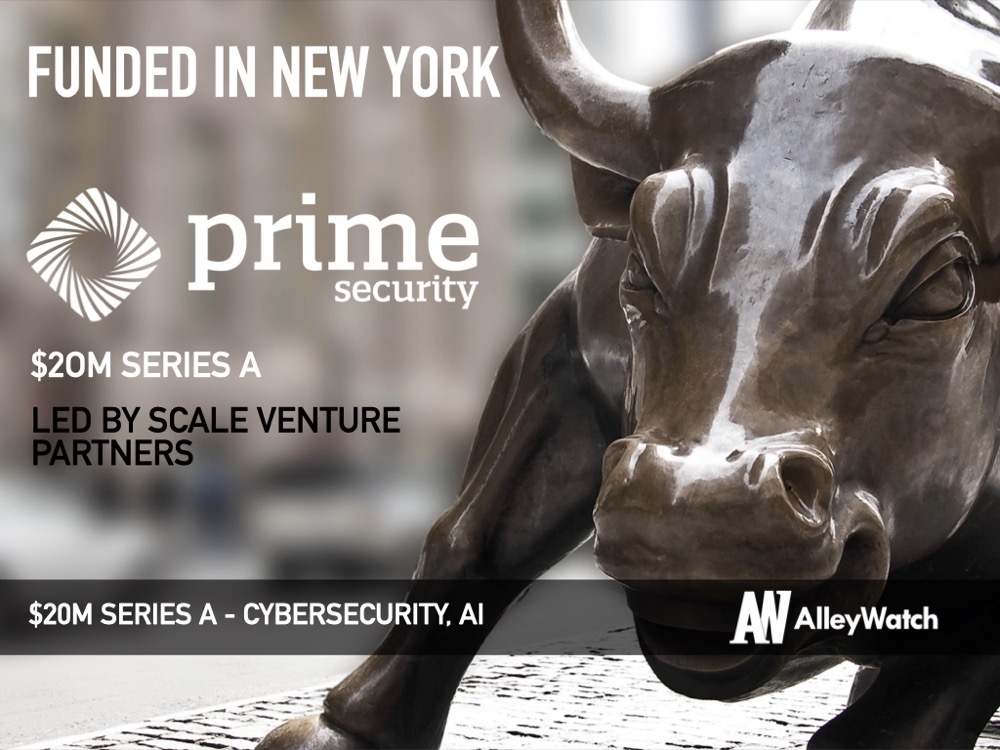Yves here. Props to the VoxEU authors for a clever headline as well as an informative post. First, they’ve done data digging that shows that investors are taking a dimmer view of the impact of tariffs on both individual companies and industries that are in more Republican parts of the US. Second, they highlight that companies that are uncompetitive regularly invest in lobbying rather than the business of the business because easier and more CEO-pay goosing. Trade barriers like tariffs tend to increase this sort of rent-seeking.
By Janice Huijun Yan, PhD candidate University Of Alberta and Randall Morck, Jarislowsky Distinguished Chair in Finance and Distinguished University Professor of Business University Of Alberta. Originally published at VoxEU
US stock markets fell in response to the announcement of President Trump’s “Liberation Day” tariffs until the tariffs were paused a few days later. This column shows that the stocks of firms headquartered in counties that tend to vote Republican, and stock indexes for industries with more firms headquartered in ‘redder’ counties, fell more than the stocks of firms in ‘bluer’ counties and industries. The findings appear to reflect some mix of investors’ lower expectations and heightened fears about the future prospects of firms headquartered in ‘redder’ counties.
In early 2025, ruling by emergency decree (Fayyad 2025), US President Donald Trump imposed steep and broad tariffs against the outside world in two waves. The first, beginning 20 February and “paused” on 13 March, targeted Canada, China, the EU, and Mexico. The second wave, President Trump’s “Liberation Day” tariffs, beginning 3 April and “paused” on 8 April, targeted foreign economies in general. In each episode, other countries announced retaliations and the US announced counter-retaliations. In each episode, US market indexes dropped over 10% (Reis 2025).
President Trump referred to his Liberation Day tariffs as a “declaration of economic independence [that would mean] Jobs and factories will come roaring back into our country, and you see it happening already” (Narea 2025).
Traditional manufacturing – the mainstay of the US economy, from California to Massachusetts, in the 1960s – had been automating and moving labour-intensive supply chain components offshore for decades. New high-technology firms re-energised regions around research universities with well-educated labour pools. Voters in these ‘blue’ regions largely supported the Democratic Party, while voters in left-behind ‘red’ regions largely supported Trump and the Republican Party. The colour-coding reflects the rival parties’ campaign ads, flipping the traditional Marxist red versus Tory blue.
President Trump’s prediction suggests the broad market declines in the two tariff rollout windows might obscure rising stocks of firms in manufacturing and other traditional sectors, especially those headquartered in ‘redder’ regions. To test this, we assess each firm’s ‘redness’ by the number of votes for Trump per vote against him in the firm’s headquarter county in the 2024 presidential election (Yan and Morck 2025).
We find the opposite: the stocks of US firms headquartered in ‘redder’ counties fell more, especially during the Liberation Day wave of tariff announcements. Stock indexes for industries with more firms headquartered in ‘redder’ counties also fell more.
Measures of investor fear rose to historically rare heights in both tariff waves, so the plummeting stock valuations appear to reflect some mix of investors’ lower expectations and heightened fears about the future prospects of firms headquartered in redder counties. Regardless, the pattern does not support the contention that tariffs looked better, or even less bad, for firms or industries based in redder counties.
The sole faint glimmer of hope for tariff hawks is that the stocks of firms headquartered in counties with less-educated populations plummeted less during the earlier 20 February to 13 March wave of tariffs. It is faint because they still plummeted, and more steeply for firms headquartered in redder counties with similar education levels. That wave included steep escalations in tariffs against China, whose exports substituting for US manufacturing had caused a worse ’China Shock’ in less-educated regions of the US (Autor et al. 2022, Bloom et al. 2024).
The absence of evidence is neither evidence of absence nor easy to publish. Had we seen stocks of firms headquartered in ‘redder’ and less-educated counties rising amid tariff announcements while most stocks fell, we might have inferred that many investors saw tariffs as a genuine policy option for re-energising left-behind regional economies. And had we found stocks everywhere plummeting in synchrony with the market, we might have inferred that panic tanked the market as a whole. The fact that we find disproportionately steeper drops in the stocks of firms headquartered in ‘redder’ regions suggests that something else is at work.
Markets are not prescient, and subsequent developments might point elsewhere. However, the patterns we find affirm prior work associating trade barriers with price and investment distortions.
Introductory trade theory shows that tariffs hurt domestic consumers more than they benefit domestic producers. However, boons to producers in politically important regions might outweigh higher prices for consumers everywhere in political calculations, especially if jobs and factories do come roaring back. Labour costs in America are vastly higher than in China, Mexico, and other emerging economies, so labour-intensive domestic manufacturing might cost more than tariffs on foreign supply chain components. Tariffs are then merely taxes that, like any other tax, raise prices, cut demand, and contract the industry. Our results are consistent with investors fearing that tariffs-as-taxes would hit ‘redder’ industries harder.
Advanced trade theory links trade barriers to intensified political rent seeking – that is, firms lobbying to fine-tune tariffs to their advantage (Baldwin 1985). Indeed, lobbying for tariffs has a higher return than investment in productivity-increasing new technologies. For example, in the 1970s, US steelmakers were technological laggards. Intense lobbying by low-productivity US steelmakers resulted in trade barriers being erected that raised steel prices, collapsed R&D spending across the sector (lobbying was clearly more profitable), contracted employment (as higher prices cut steel demand), and (a silver lining!) sharply lifted lobbying CEOs’ pay (Lenway et al. 1996).
With political influence a sunk cost, further lobbying commanded the highest return on investment, so R&D remained low and lobbying remained intense. Trade barriers become ‘corporate fentanyl’ – their ability to block out problems fades in an all-consuming quest for a better hit (Morck et al. 2001). Our results are consistent with investors fearing that firms in ‘redder’ regions are more susceptible to addiction.
Late-20th century trade liberalisation advocates found the biggest cost of trade barriers to be this investment drain into the economic ‘black hole’ of political lobbying (Magee et al. 1989, Rodrik 1995). Ever longer and more nuanced tariff schedules advantage the lobbyers who negotiate the most recent best deals. No firm dares to stop lobbying lest others rig the system against it. President Trump’s vision of economic independence is not original. Md-20th century Latin American countries embraced it as import substitution: large subsidies to domestic firms to replace imports blocked by high tariffs (Irwin 2021). Import substitution nurtured tight cooperation between business and government (deal making) and induced a generations-long stupor of stagnation and corruption (Dutt 2009).
A perhaps naïve hope of 1990s liberalisers was that binding governments to free trade could plug the ‘black hole’ tariff drain and get investment flowing into productivity-increasing technological improvements that would sustain long-run growth in living standards (Coelli et al. 2022). This worked for a while. Although modest tariff cuts can actually worsen the cravings, clearing away trade barriers boosts innovation and cuts corruption (Baksi et al. 2009). Trade liberalisations dragged industries, some kicking and screaming, through rehab and made them good productivity-enhancing corporate citizens.
Sadly, it all floundered on twin public policy blunders. First, unlike in the Asian Tiger economies of the 1990s, wages in China remained low relative to labour productivity, inviting charges of unfair subsidising of exports – though not of oppressing workers. Second, high-income countries, especially the US, failed to repurpose workers made redundant as high-cost, low-tech domestic firms shrank, contributing to a wave of fentanyl-related ‘deaths of despair’ (Pierce and Schott 2020). Rising wages in China are correcting the first blunder (Li et al. 2012). Improved education, retraining, redistribution, and drug rehabilitation policies might undo the second.
The US has stumbled into a corporate fentanyl den, but the rest of the world might best stay clean. Retaliatory tariffs against the US are perhaps necessary to slap the US out of its daze, but other high-income economies might consider actively cutting remaining trade barriers between them. They might even stand up for the workers of the world by conditioning free trade on productivity-matching wages.
See original post for references

























